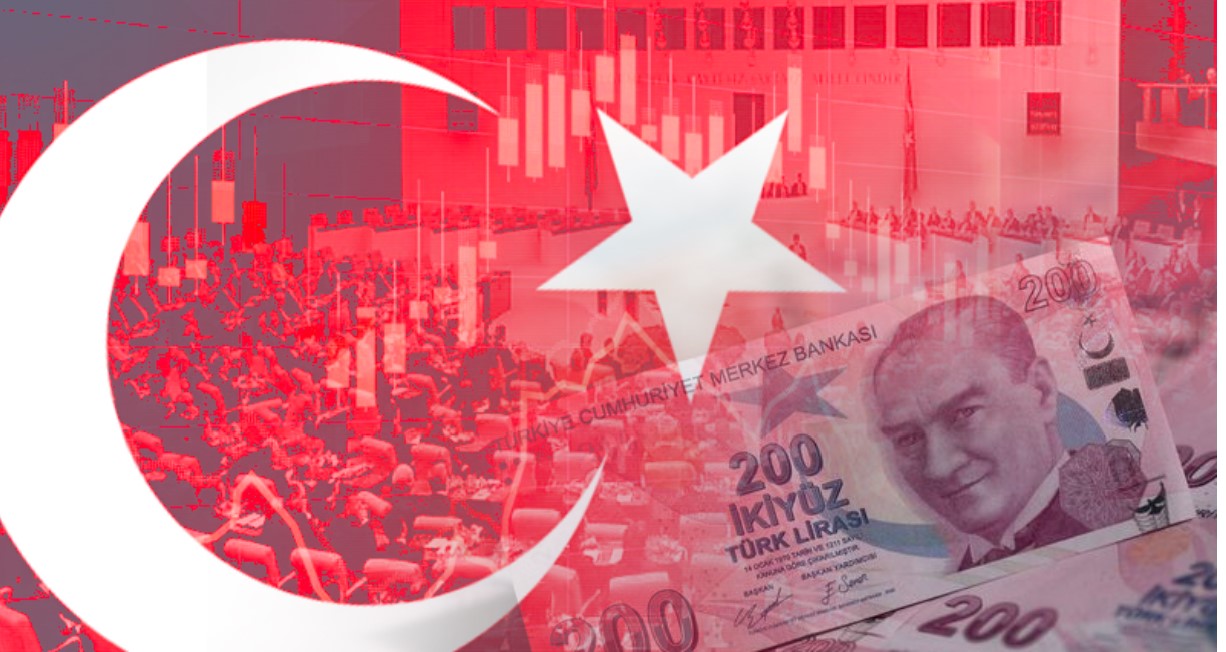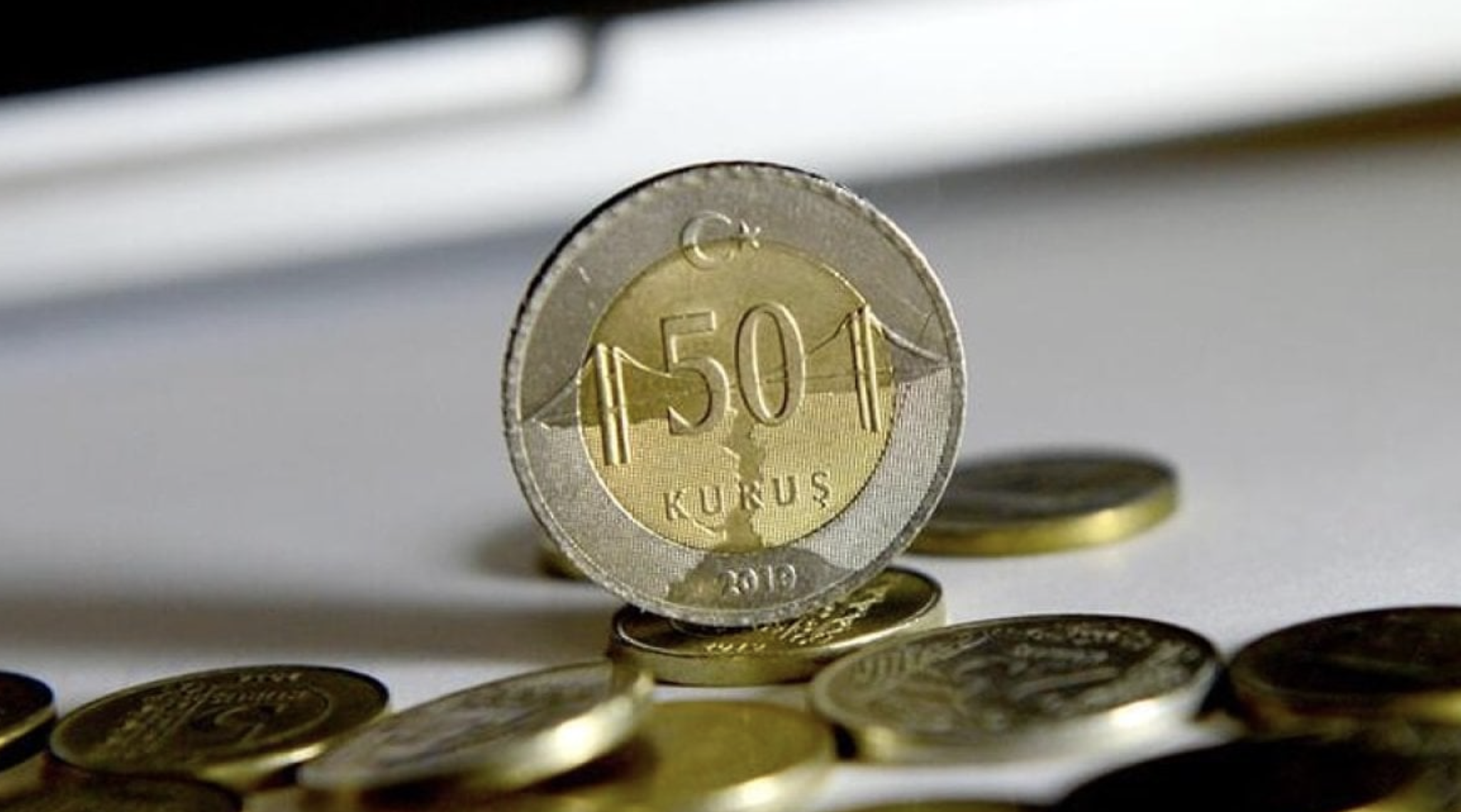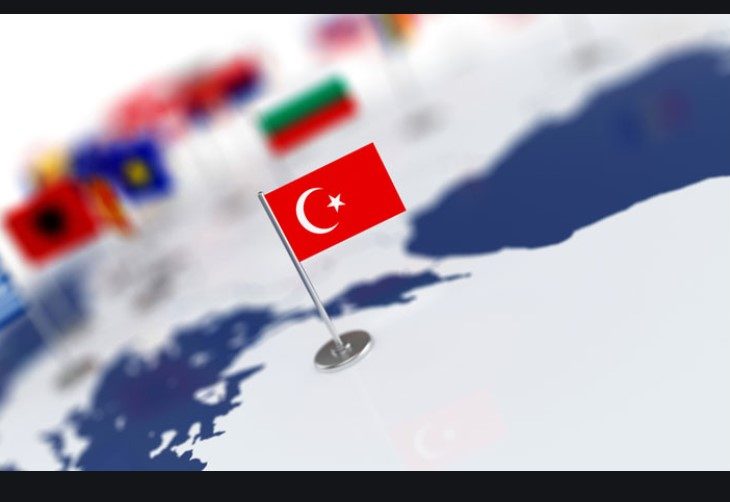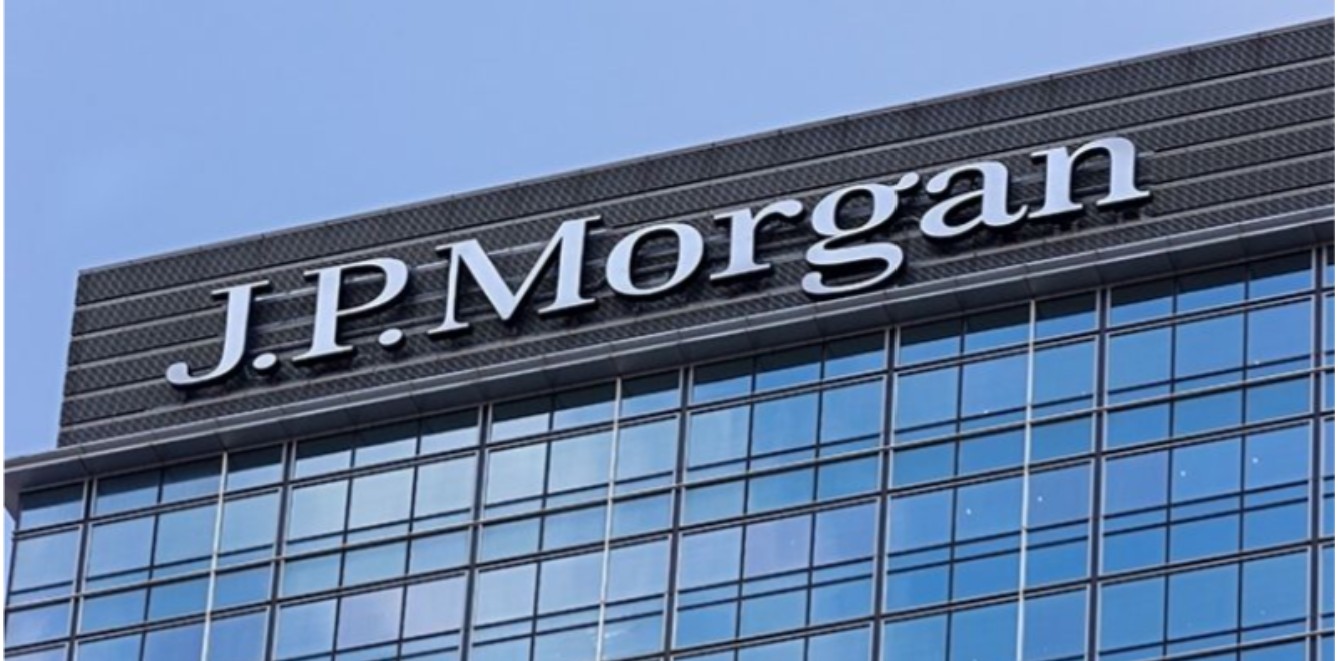Recep Ercin: The Turkish economy’s 2021 fault lines will make 2022 a year of tough decisions
 ekonomi-tr
ekonomi-tr
The Turkish economy has suffered three major currency crises since a difficult turn was taken, the country abandoning its growth model dependent on foreign capital flow. The first crisis took place in August 2018, and was triggered by the Pastor Brunson crisis. The second shock began in the autumn of 2020 with the dismissal of the Governor of the Central Bank, a shock that seemed to end with the resignation of the Minister of Treasury and Finance. After these two major currency shocks, the economy was protected from a possible budget deficit crisis with some sharp interest rate increases. Although Turkey emerged from the first year of the pandemic with little national income growth, it entered the year 2021 with a consumer inflation rate of 14.6%, a policy interest rate of 17%, and a market interest of around 14.9% (on two-year government bonds), a dollar/TL exchange rate of around 7.4 Lira and the Istanbul Stock Exchange index value (BIST100) of 1505. On top of this, the unemployment rate floated throughout the year around 13.2%.
Exchange rates skyrocketed as interest rates dropped
The head of the national statistics institution, the head of the central bank, all but one member of the central bank’s monetary policy board, the treasury and finance minister and the minister of trade were replaced. The main thing that led to changes in the central bank governor position in March was policy interest rising to 19%. The Central Bank of Turkey, now headed by Sahap Kavcioglu, launched its first interest rate cut on September 23, 2021, reducing it by 100 basis points. The interest rates fell as much as 14% by December. With the interest rate cuts, the long-term interest rates in the market rose and the interest rate on 2-year bonds stood at 24%. The exchange rate of the USD, which was around 7.40 Liras in early 2021, exceeded 18 Liras in December. The exchange rate for the Euro exceeded 20 Liras.
Due to rapid increases in currency, the Central Bank intervened for the first time in seven years through direct outflow of foreign currency reserves. The exchange rates fell rapidly after, with measures put in place as part of the government guarantee for the Turkish Lira, and have floated around 11-14 Liras for the USD and 13-15 Liras for the Euro. The price of 1g gold exceeded 1,000 Liras in December due to both the high value of 1 oz. of gold in the international market and the devaluation of the Turkish Lira. Lastly, income tax and stamp duties on minimum wage have been totally lifted. The new minimum wage was set at 4,253 Turkish Liras.
So much has happened
2021 has been a year of significant changes in the Turkish economy. In the last months of 2021, President Recep Tayyip Erdogan stated that a “War of Turkish Economic Independence” is ongoing. Erdogan announced the transition from the old economic model of attracting cash flow with high interest rates, to the new economic model based on low-interest rates. On December 20, the president announced a series of measures to protect the value of the Turkish Lira. Within the scope of exchange rate-guaranteed Lira bank deposits, a system was put in place that protects both Lira deposits, foreign currency deposits and gold bank deposits.
Turkey began to receive the income once received in an entire single year in a single month in the autumn of 2021. Due to the massive shift in the supply chain and the increase in commodity prices, monthly exports exceeded 20 billion USD: Turkey gained an export revenue of more than 225 billion USD last year. The BIST 100 Index reached 2278 points just before the peak rates in Forex. Although the official statistics were not yet announced, Turkey’s economy grew by around 10-12% in 2021, according to the estimates. There had been an increase in the workforce population due to recovery in employment rates. The workforce has exceeded pre-pandemic levels by more than 29 million, and the unemployment rate fell to 11.2% in October 2021.
WATCH: Turkey’s Coming Debt Trap | Real Turkey
The ghost of inflation returns
The measures taken in the economy and the devaluation of the Lira led to a recovery in the external budgets. The Turkish economy reached a trade surplus after many years in September and October 2021: exports have exceeded imports by 101% (excluding energy imports). Although tourism revenues have not reached pre-pandemic revenues, they were much higher than they had been in 2020 and exceeded 24 billion USD. Instead of the targeted budget deficit of 230 billion Liras for 2021, the budget deficit stayed around 46.5 billion Liras for the first 11 months. Inflation seemed to reach its peak gradually– the annual inflation of 24% in 2019 was also exceeded, reaching a 19-year peak of 36.08%. The inflation on consumer goods was around 80% for 2021.
2021 was a year to be remembered for three separate currency fluctuations alongside price increases on all consumer goods. The price of gasoline even exceeded 10 Liras per liter for a short time. The increases in diesel fuel and fertilizer prices led to increased production costs for agriculture. While the prices in electronics and automobiles were beyond most people’s reach, middle-income citizens were also unable to buy any real estate due to skyrocketing housing prices. The increased prices of common consumer goods hit the general public, with the price of 4 out of 5 consumer goods and services in the inflation basket of the Turkish Statistical Institute (TURKSTAT) some months. According to the latest data, one-seventh of the items in the inflation basket have increased by more than 50%.
WATCH: Turkish Economic Outlook 2022: WHAT a train wreck! | Real Turkey
State interventionist market economy
The Turkish economy nonetheless managed to grow despite a fast and challenging year; in 2021, it even improved its macro-balances instead of witnessing their deterioration. Looking at the details, it’s apparent that many financial problems have grown even worse.
To take inventory of just some of the issues at hand, we might note increasing public foreign exchange obligations, rising credit/deposit rates, the decline of net foreign exchange reserves, a rising amount of public loans swept under the carpet or ‘floated’, lagging investments in semi-refined and raw materials that will be a permanent solution to the external budget, the emergence of a gap in workforce quality causing both unemployment and job vacancies simultaneously, a lack of projects needed for an economy of scale such as business clustering, the drop in commodity prices in value per kilogram despite the increase in exports when price increases are excluded (and the reflections of this issue on the foreign trade), funding the budget via capital flow causing the net error-defying item known as the unspecified capital flow etc. Perhaps the most important element is the government constantly switching sides in policies that cause uncertainty and finally, despite praising the free market in statements, the application of a state interventionist policy implicitly.
This process started after 2018, and has created serious fault lines in 2021. 2022 will surely be a year of difficult decisions and struggles to handle the consequences of the breaks forming along these fault lines. Barring a crisis in the foreign trade and tourism sectors, it seems likely that Turkey will most likely overcome this process without any crashes, however, uncontrollable inflation and unsatisfactory dollarization rates still present the main internal threats to the economy.
Turkey is in the process of transitioning from an anarcho-capitalist free market regime to a market economy under the control of the state like the rest of the centralized capitalist countries. In this case, the planning factor stands out most. Blindly going down the rabbit hole without thorough planning could leave the country tumbling in a dark void instead of Wonderland.
Reprinted from source with the permission of the author
Follow our English language YouTube videos @ REAL TURKEY: https://www.youtube.com/channel/UCKpFJB4GFiNkhmpVZQ_d9Rg
And content at Twitter: @AtillaEng






